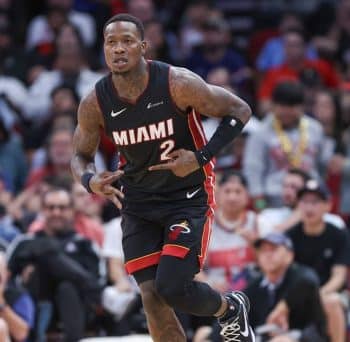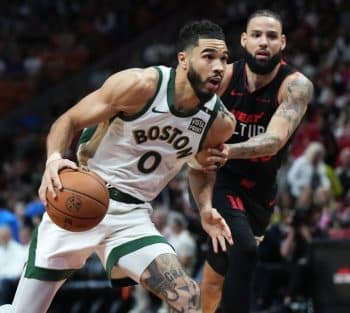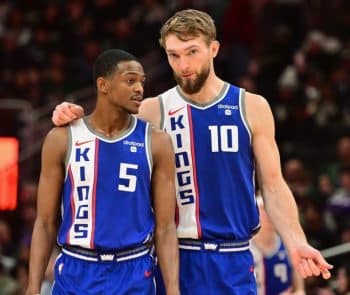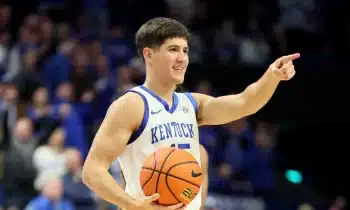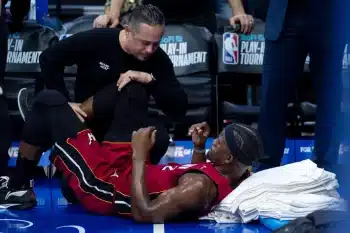NBA
NBA Daily: The All-Star Game’s Scandalous Past
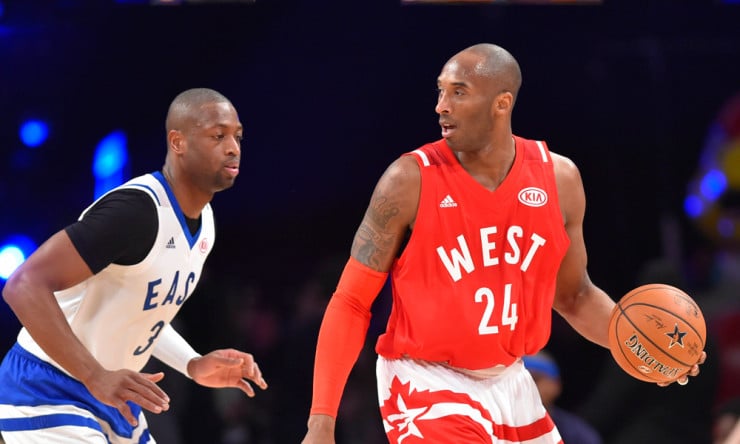
College basketball’s point-shaving scandal of the early 1950s remains one of the biggest black eyes in the sport’s history, but without it, there may never have been an NBA All-Star Game.
Known more famously as the CCNY (City College of New York) Point-Shaving Scandal, this public relations nightmare occurred in 1951 when several players from the CCNY Beavers, one of the most innovative teams in college hoops that played their home games at Madison Square Garden and won the national title the year before, took money in exchange for shaving points to help nail down easy wins for bettors.
The story is a lot more complicated that; it starts in the Catskills in New York in the 1940s and slowly works its way into the college game, but the end result is that several players from seven different colleges, most of whom attended CCNY, took money in exchange for impacting the outcomes of meaningful collegiate sports competitions.
Obviously the aftermath of this was significant. CCNY, just a year removed from being national champions, deemphasized their athletics programs and dropped down to Division III, never to return to Division I. Any player found to have been part of the scandal was permanently banned from playing in the NBA, and CCNY head coach Nat Holman, who completely modernized the game of basketball, was cleared of any wrongdoing officially but saw his legacy tarnished because of the whispers that predictably followed the scandal.
The whole thing was awful for basketball in general, so while the NBA was not directly impacted outside of having a few top-rated players be made unavailable in that year’s draft pool, the sports-ingesting public at large soured on the sport somewhat in the wake of these dishonorable actions.
And that’s where the idea for the NBA All-Star Game came together. A handful of NBA bigwigs held a meeting to discuss bettering the league’s perception among fans, and it was there that the idea of an All-Star Game involving the league’s best players surfaced as one possible solution.
The idea was pitched by the NBA’s publicity director Haskell Cohen, who took the idea from Major League Baseball, which had seen the midseason event grow increasingly popular every year. The first one of those took place in 1933 as an attraction at the World’s Fair in Chicago as the invention of a Chicago Tribune journalist named Arch Ward. If it could work for baseball, Cohen argued, maybe it could work for basketball, too.
Boston Celtics owner Walter A. Brown immediately jumped on board, growing so enthralled with the concept that he offered not only to host the event but to take on full financial responsibility for it. If the event was a behemoth failure, Brown himself would incur those losses.
Thankfully, that wasn’t the case, as the first All-Star Game in 1951 drew over 10,000 fans to Boston Garden. That doesn’t sound like much by today’s standards, but average attendance at the Garden that season was only around 3,500 people per game. This star-studded exhibition nearly tripled that.
Today, of course, the NBA All-Star Game is an entirely more complicated and dazzling spectacle, with internet votes and slam dunk contests further encouraging fan interest. It’s fascinating to think that it all exists because the league felt the need to do something following a deeply embarrassing scandal for the sport. CCNY’s basketball program certainly isn’t better because of it, but it’s hard to imagine a world without the NBA All-Star Game.
Thank goodness for the rainbows that follow storms.
